Our Work
Explore our range of services and projects
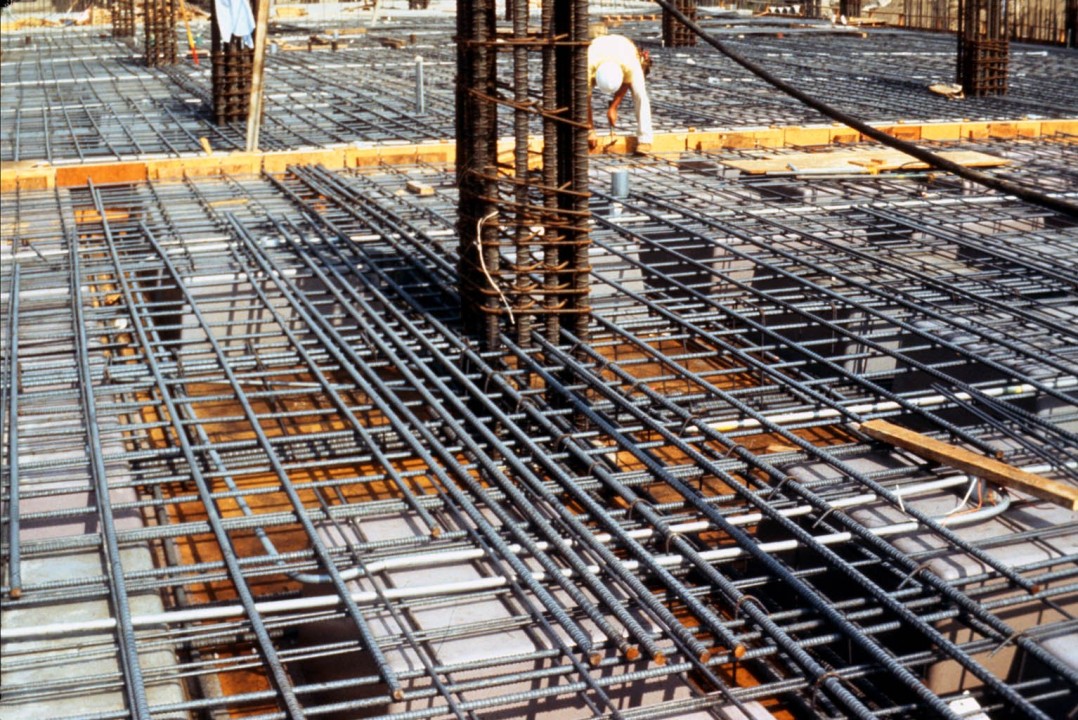
Civil Substructure
The foundational components of a construction project situated below ground level. It includes elements like foundations, basements, retaining walls, and underground utilities. The substructure provides stability, distributes loads to the soil, and protects the structure from environmental factors such as water, moisture, and soil movement.
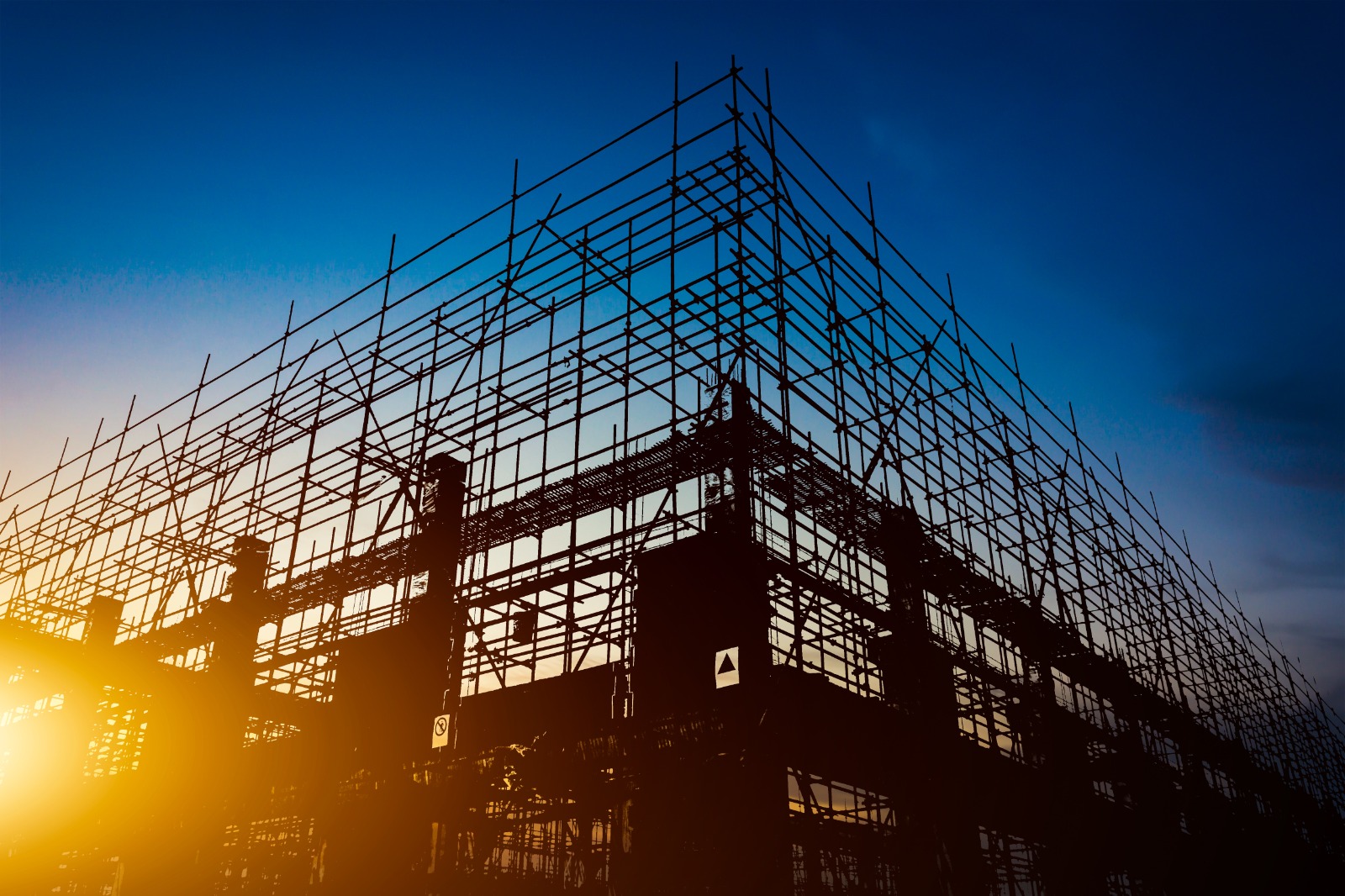
Civil Superstructure
The portion of a building or infrastructure project located above ground level. It includes structural components like beams, columns, slabs, and walls, as well as architectural elements. Superstructures are designed to provide stability, functionality, and aesthetics, complementing the substructure that supports it below ground.
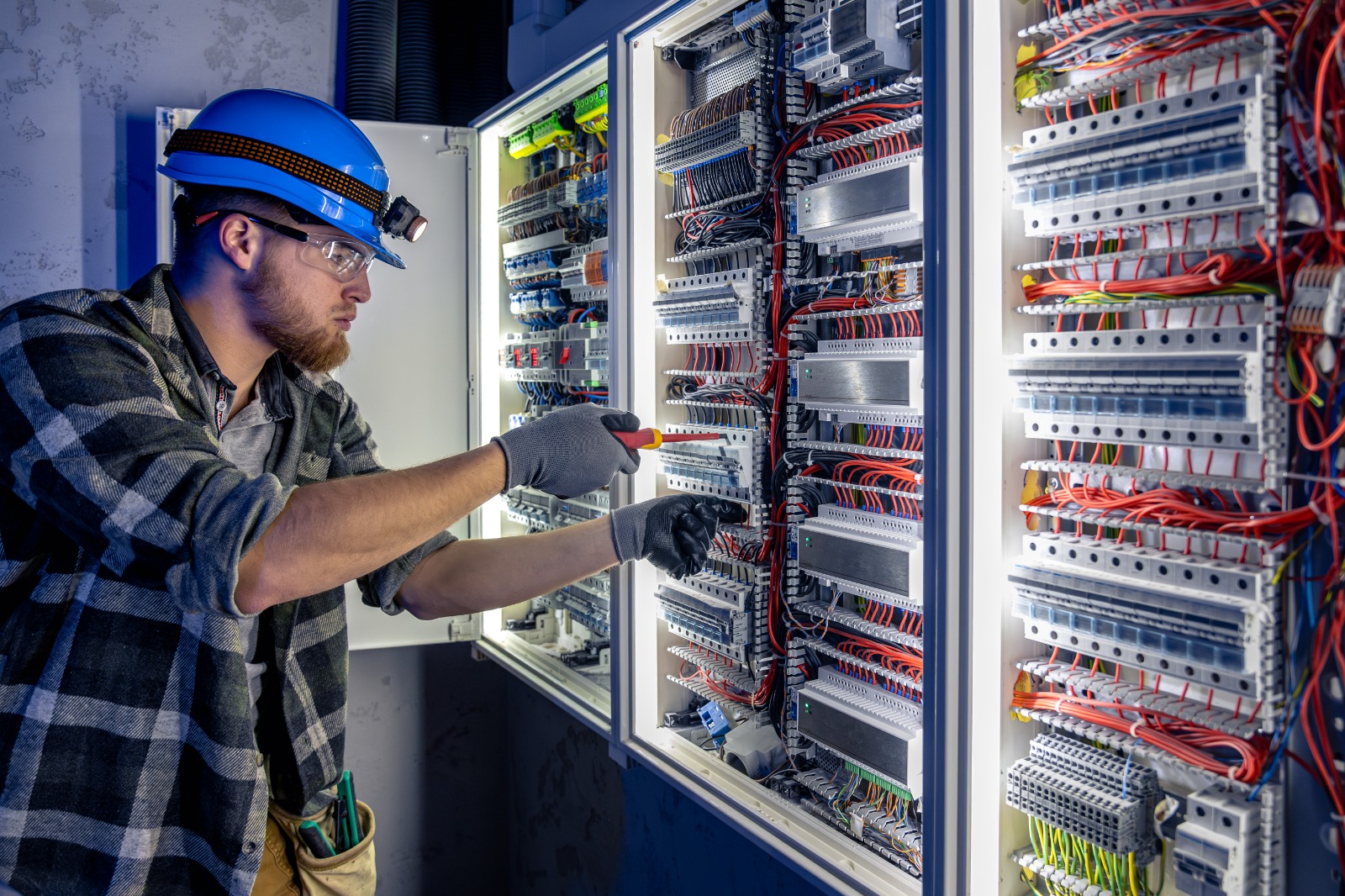
Electrical
We build systems and installations that provide power, lighting, heating, and communication. It includes wiring, circuit breakers, outlets, and switches, designed to meet safety standards. Electrical systems integrate with HVAC, fire alarms, and smart technologies, ensuring energy efficiency, functionality, and safety in modern structures.
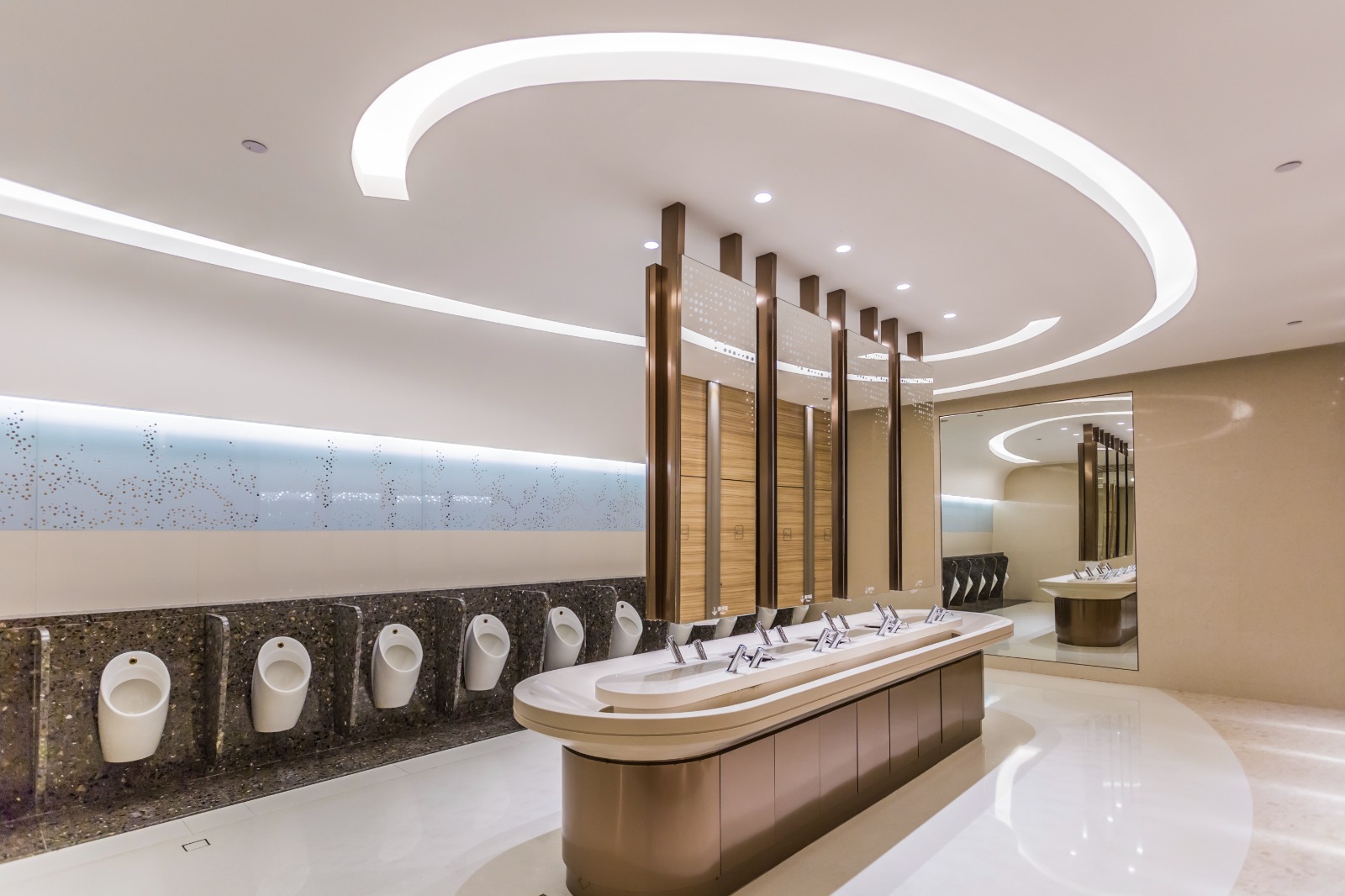
Sanitary
Sanitary work in building construction involves the installation of systems for water supply, waste disposal, and drainage. It ensures hygienic conditions by managing wastewater, sewage, and plumbing networks. Components include pipelines, fittings, and sanitary fixtures like toilets and sinks, vital for public health and functionality in residential and commercial buildings.

Finishing
The final stages of completing a structure, ensuring it is aesthetically pleasing and functional. It includes painting, plastering, tiling, flooring, and installing fixtures like doors, windows, and cabinetry. Finishing enhances durability, comfort, and appearance, preparing the building for occupancy and usage.
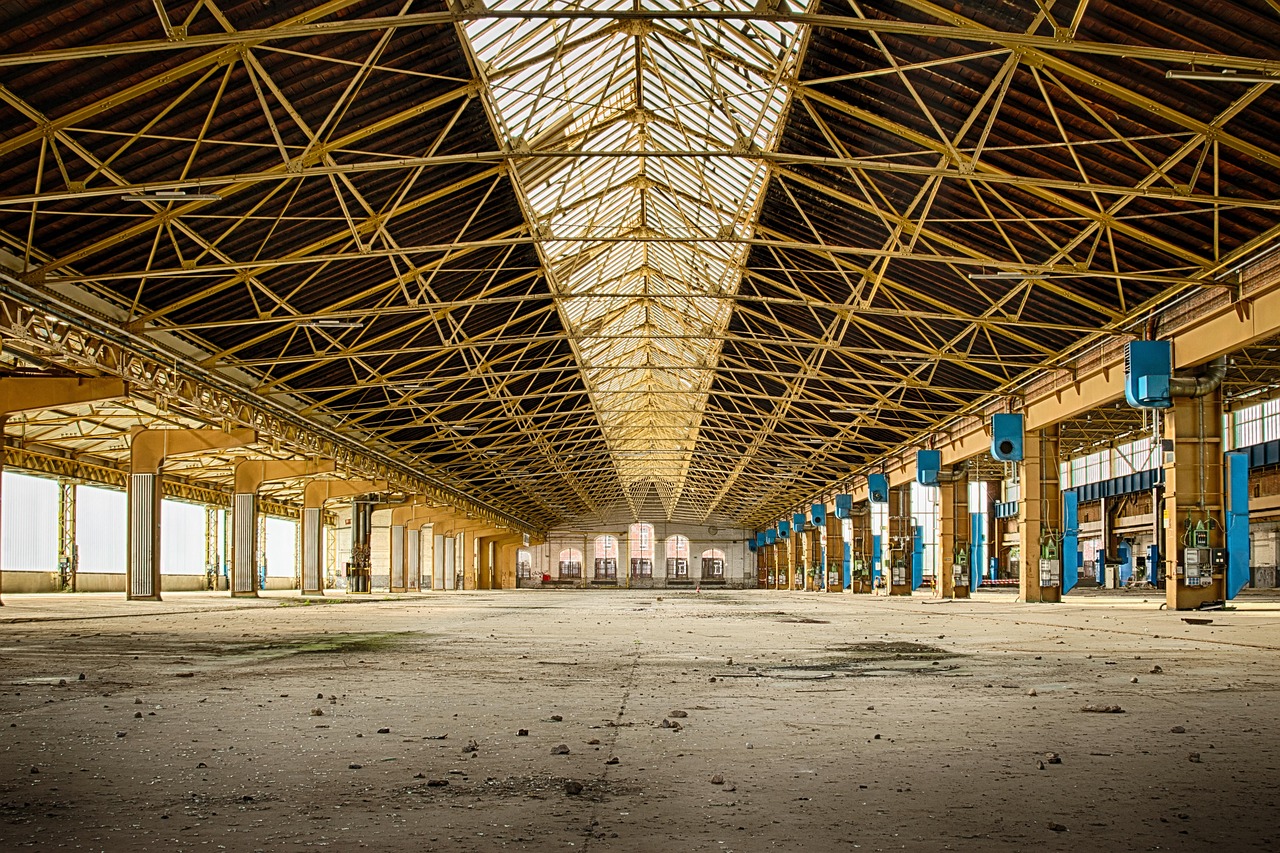
Industrial Factory Shed
An industrial factory shed is a large, durable structure designed for manufacturing, assembly, or storage. It typically features a steel or concrete frame, open space for machinery, high ceilings, and wide doors for easy access. These sheds are designed for efficiency, safety, and the accommodation of heavy equipment.
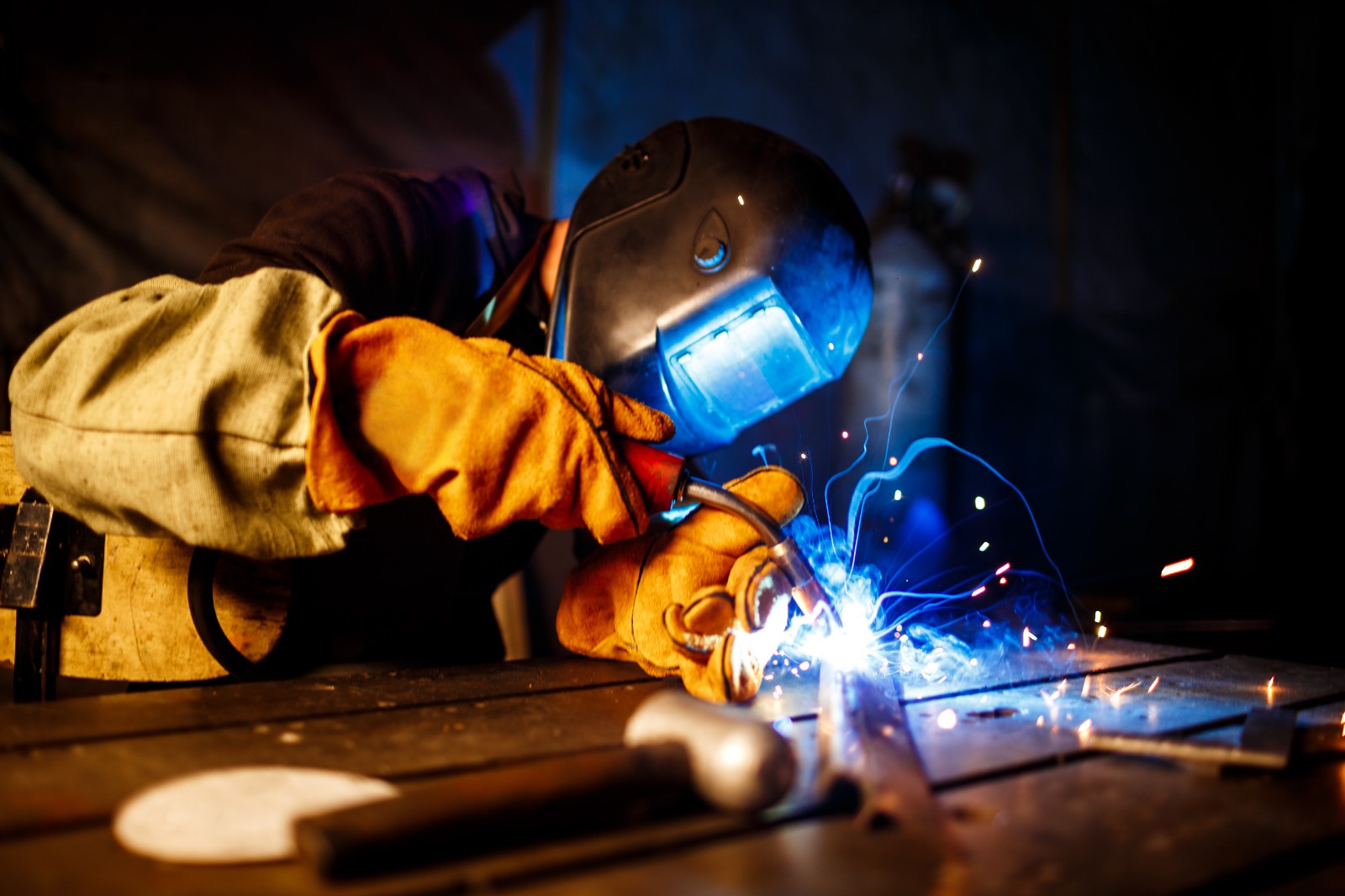
Fabrication
Fabrication in building construction involves the process of manufacturing components like steel structures, precast concrete, and other building elements off-site. These components are then transported and assembled at the construction site. This approach improves efficiency, reduces on-site labor, and ensures high-quality control, ultimately speeding up the construction process.
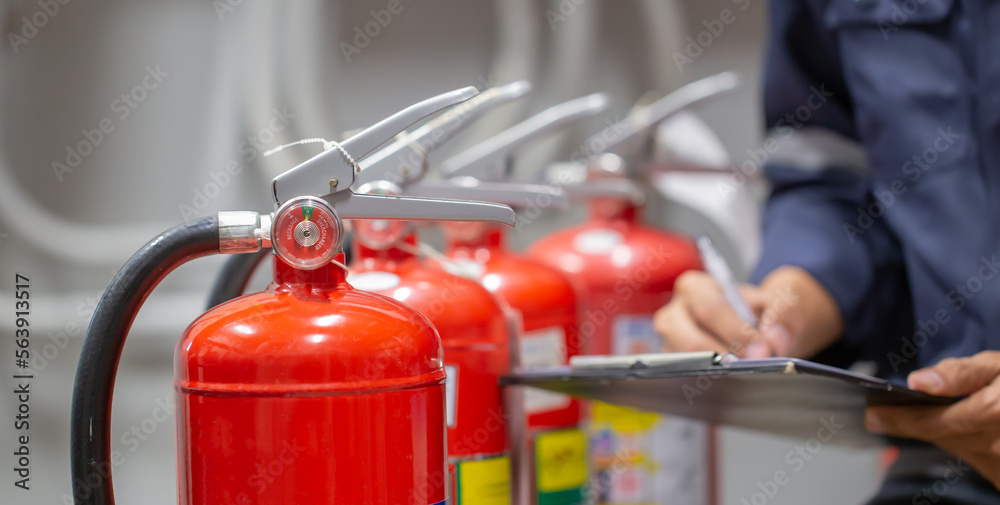
Fire Safety
In building construction, fire safety involves designing structures to prevent, detect, and contain fires. This includes using fire-resistant materials, installing fire alarms and sprinklers, and ensuring safe evacuation routes. Proper fire safety measures protect lives, minimize property damage, and ensure compliance with building codes and regulations.
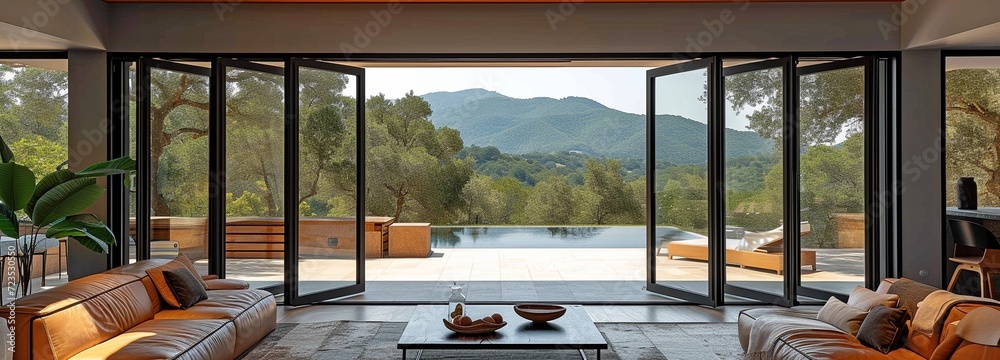
Doors & Windows
Doors and windows are crucial elements in any construction project, offering both functionality and aesthetics. They provide security, allow for natural light and ventilation, and enhance the overall design. These components come in a variety of materials like wood, metal, and uPVC, each contributing to the building’s durability and energy efficiency. Properly installed doors and windows ensure safety, protect against weather conditions, and improve the building’s insulation and energy performance.
AL TABOOQ BUILDING CONTG LLC
Theme by Anisul Haque
